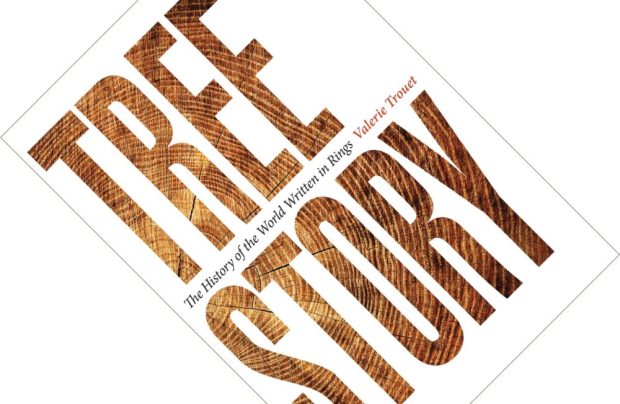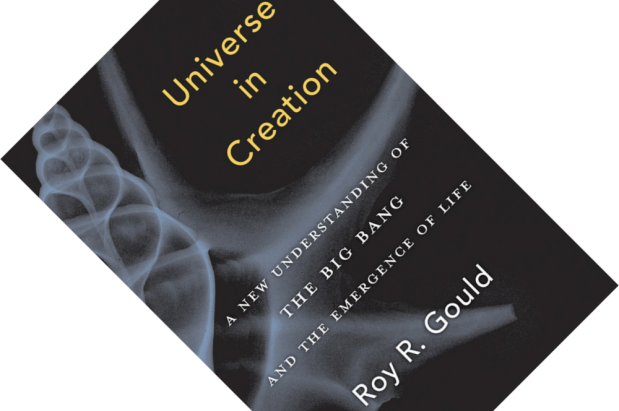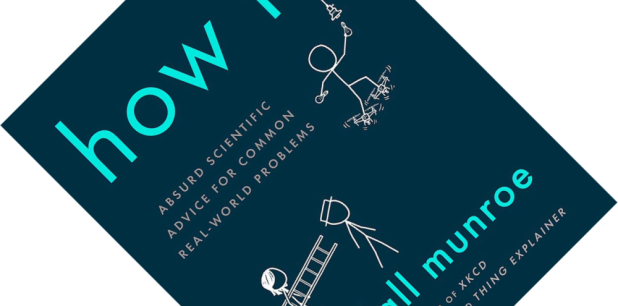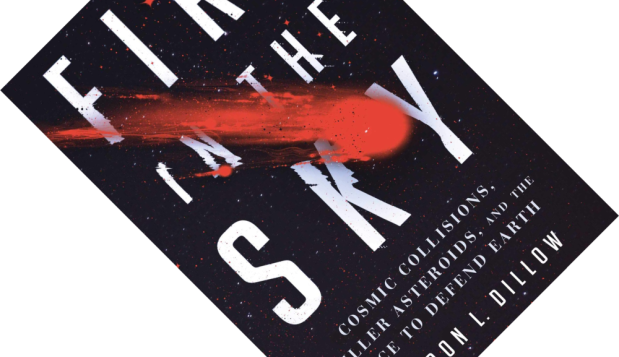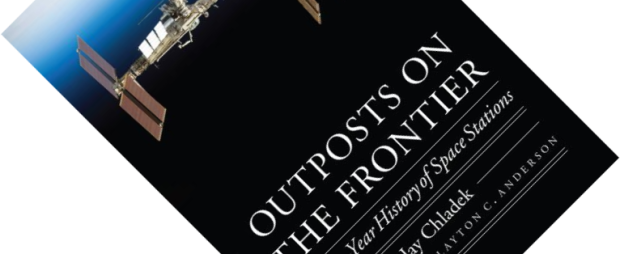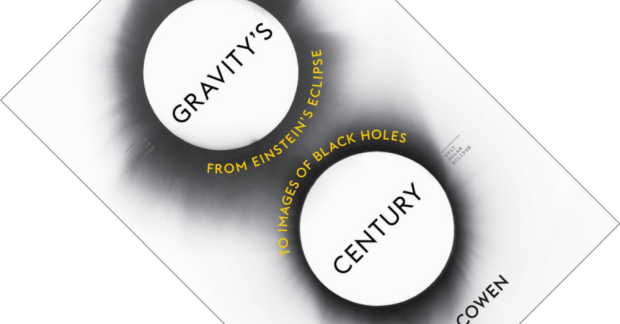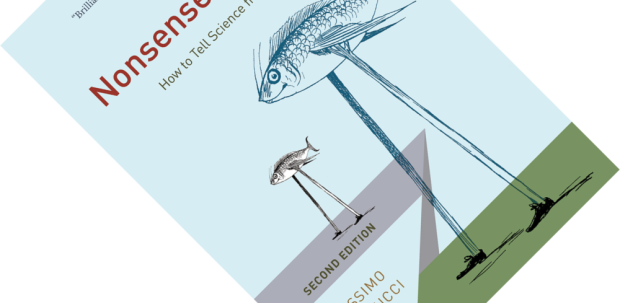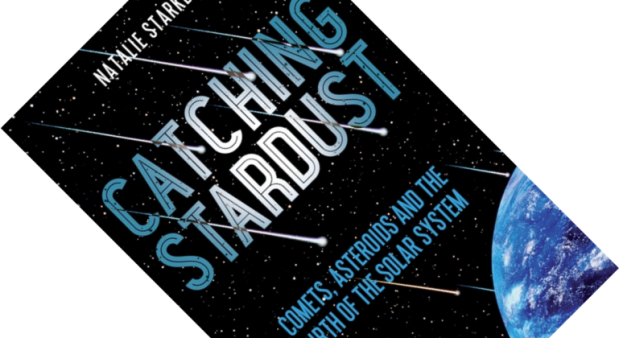6-minute read
The images that astronomers produce can shape whole generations. Based on the Pale Blue Dot photo taken by the Voyager 1 space probe, Carl Sagan’s moving speech in Cosmos highlighted how small and insignificant we appear in the vastness of the universe. But we are not alone, being part of the solar system which is part of the Milky way galaxy. And ours is but one of billions, possibly trillions, of galaxies in the universe that, interestingly, are not scattered at random in space. In this compact and engagingly written book, French cosmographer Hélène Courtois shows you the next level up: superclusters. When it was published in 2014, the image of the supercluster to which our galaxy belongs for me was another one of those generation-defining images. It was of such stunning beauty that it stopped me in my tracks. Welcome to Laniakea, our home amidst the stars.


